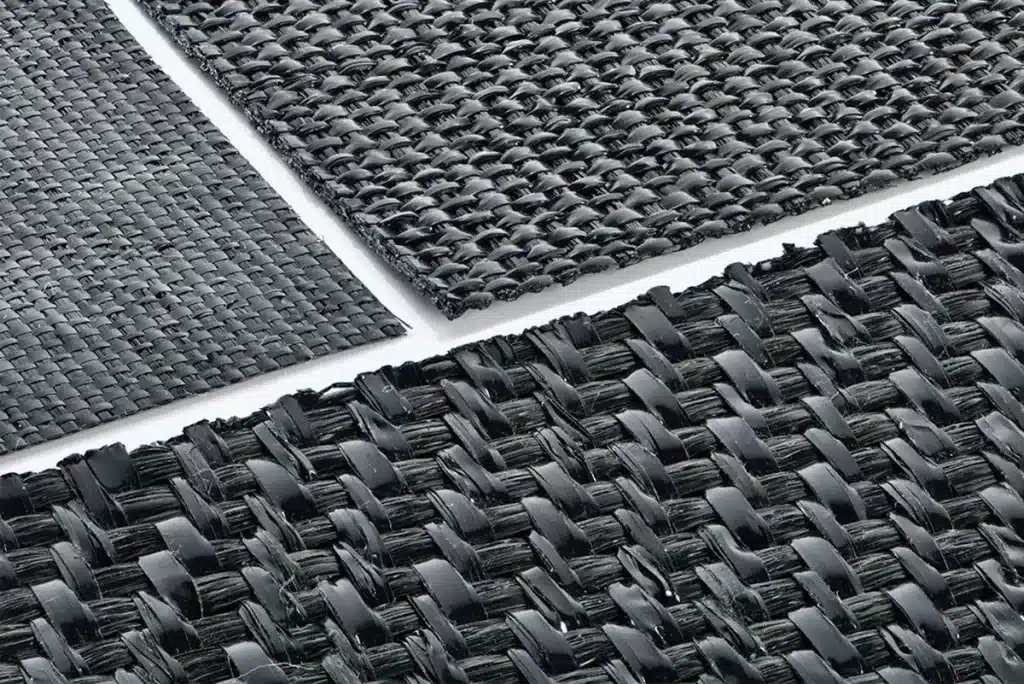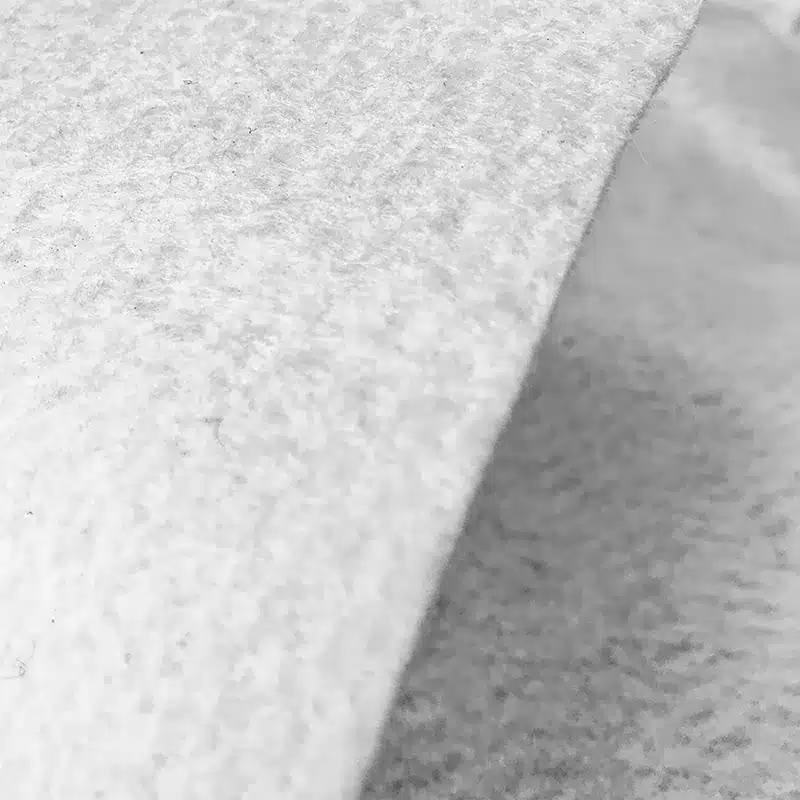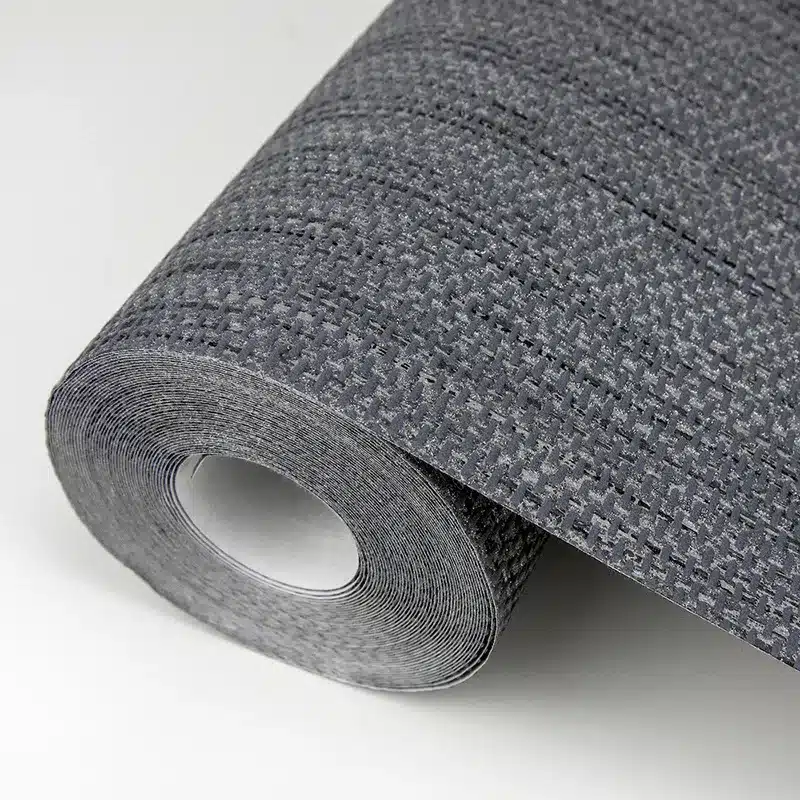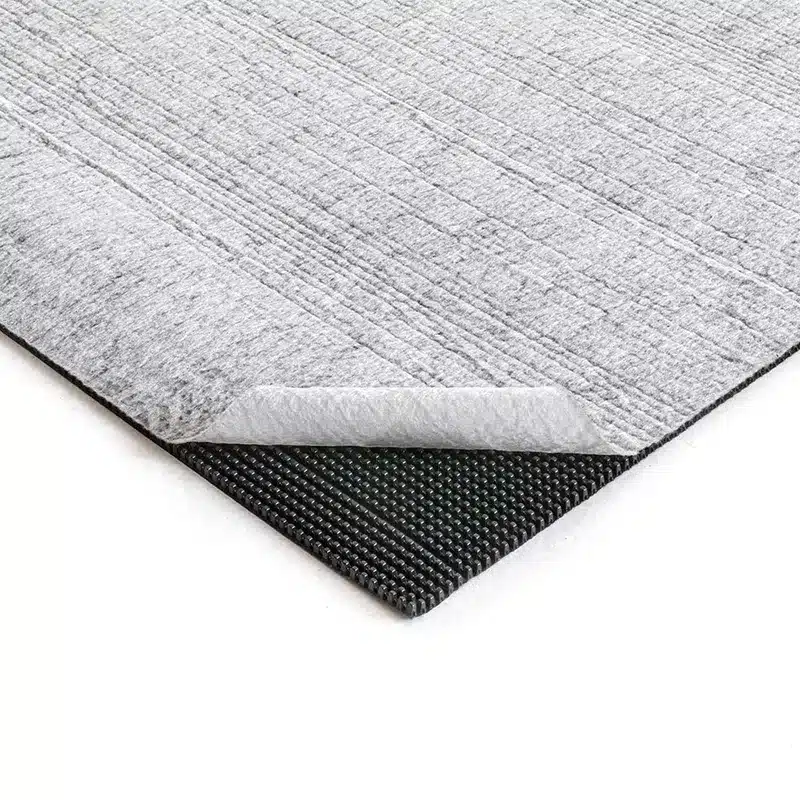+86-159 9860 6917
info@geofantex.com
geofantex@gmail.com
+86-400-8266163-44899
Geotextile fabrics are indispensable in various civil engineering and landscaping projects. However, selecting the right geotextile fabric is crucial for project success. In this article, we will explore the recommended geotextile fabrics, and types, and offer insights on how to make the right choice for your specific needs.

How do I choose geotextile fabric?
“Select The Best Polymer Type For Your Project”
When choosing the right geotextile fabric, it’s essential to match it with your project’s specific needs. To make an informed decision, follow these steps:
- Understand Project Needs: Identify the exact requirements of your project, whether it’s erosion control, soil stabilization, or filtration.
- Analyze Soil Type: Examine the soil on your project site – is it cohesive or non-cohesive? This determines the fabric type you should go for.
- Evaluate Strength and Weight: To meet load-bearing demands, pick a fabric with the right strength and weight. Heavier fabrics are best for projects requiring robust support.
- Consider Permeability: Assess the necessary permeability for your project – low-permeability fabrics work well for drainage, while high-permeability ones are ideal for filtration.
- Ensure Durability: Determine your project’s expected lifespan and select a geotextile fabric with the durability needed for long-lasting performance.
What are the types of geotextile fabric?
Geotextile fabrics come in various types, each tailored for specific uses. Here are some common options:
- Woven Geotextiles: These fabrics are woven from synthetic fibers like polypropylene or polyester. They excel in erosion control, soil stabilization, and road construction.
- Non-Woven Geotextiles: Made by bonding synthetic fibers, non-woven geotextiles are perfect for filtration, drainage, and separation.
- Needle-Punched Geotextiles: These geotextiles are produced by needling fibers together, providing superb filtration and puncture protection. They find use in road construction, drainage, and landfills.
- Heat Bonded Geotextiles (Structural Woven): Geotextiles created through heat bonding, offer strength and stability for structural applications.

How can I ensure the longevity of my geotextile fabric?
To extend the lifespan of your geotextile fabric, consider the following:
- Proper Installation: Ensure correct installation by following manufacturer guidelines. Proper installation minimizes the risk of fabric damage and extends its life.
- Regular Inspection: Regularly inspect the fabric for signs of damage or wear. Address any issues promptly to prevent further deterioration.
- Maintenance: If used in drainage applications, keep the fabric clean and free from debris to maintain its permeability.
- Select the Right Fabric: Choose a geotextile fabric that is best suited for your specific project needs. Using the right fabric from the start will ensure a longer lifespan.
Can geotextile fabrics be recycled?
Yes, many geotextile fabrics are recyclable. Recycling options may vary depending on the type of fabric and local recycling facilities. When possible, consider recycling or reusing geotextile fabric to reduce environmental impact. Check with the fabric manufacturer or local recycling facilities for specific guidelines on recycling geotextile materials.
In conclusion, selecting the recommended geotextile fabric for your project involves a thoughtful analysis of project needs, fabric types, and longevity considerations. By adhering to these guidelines and the specific requirements of your project, you can make an informed choice that ensures the success and durability of your geotechnical and civil engineering projects.



Get Free Sample
We’ll respond as soon as possible(within 12 hours)





















